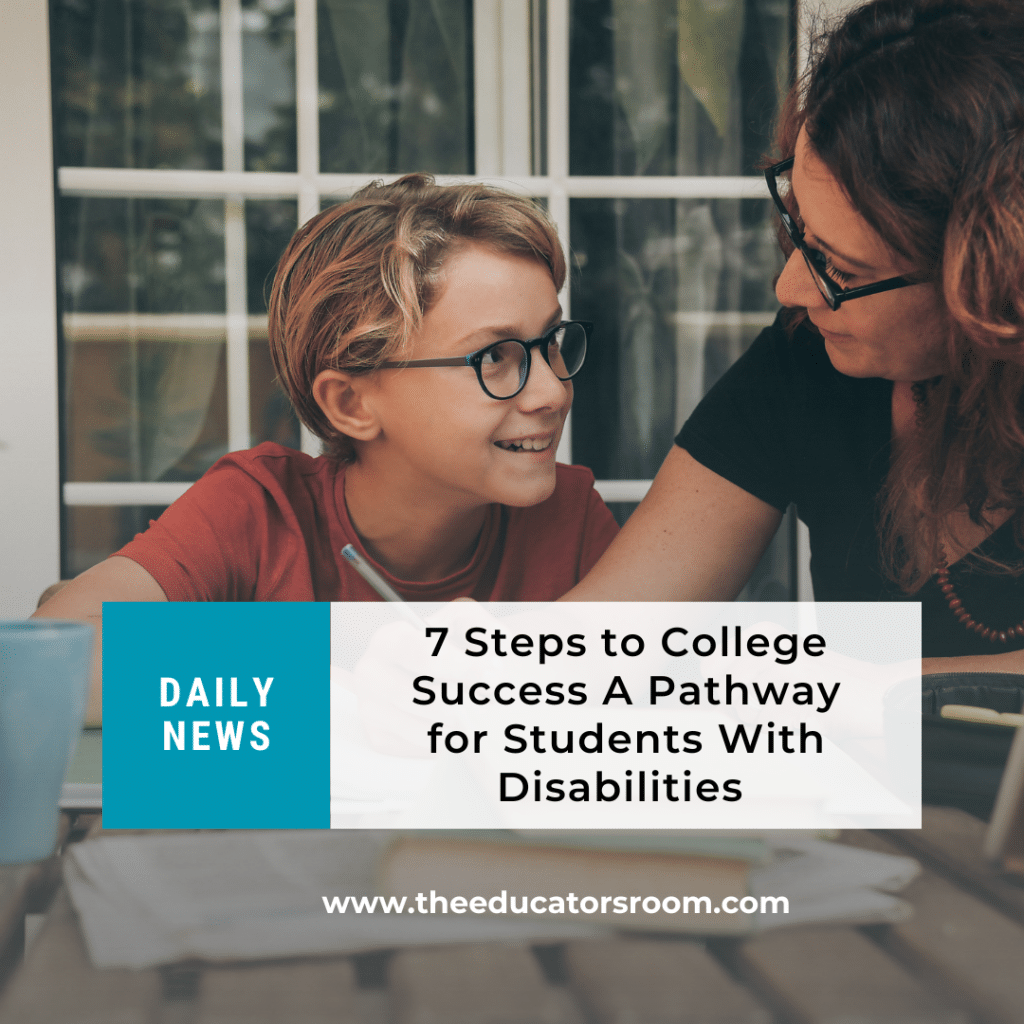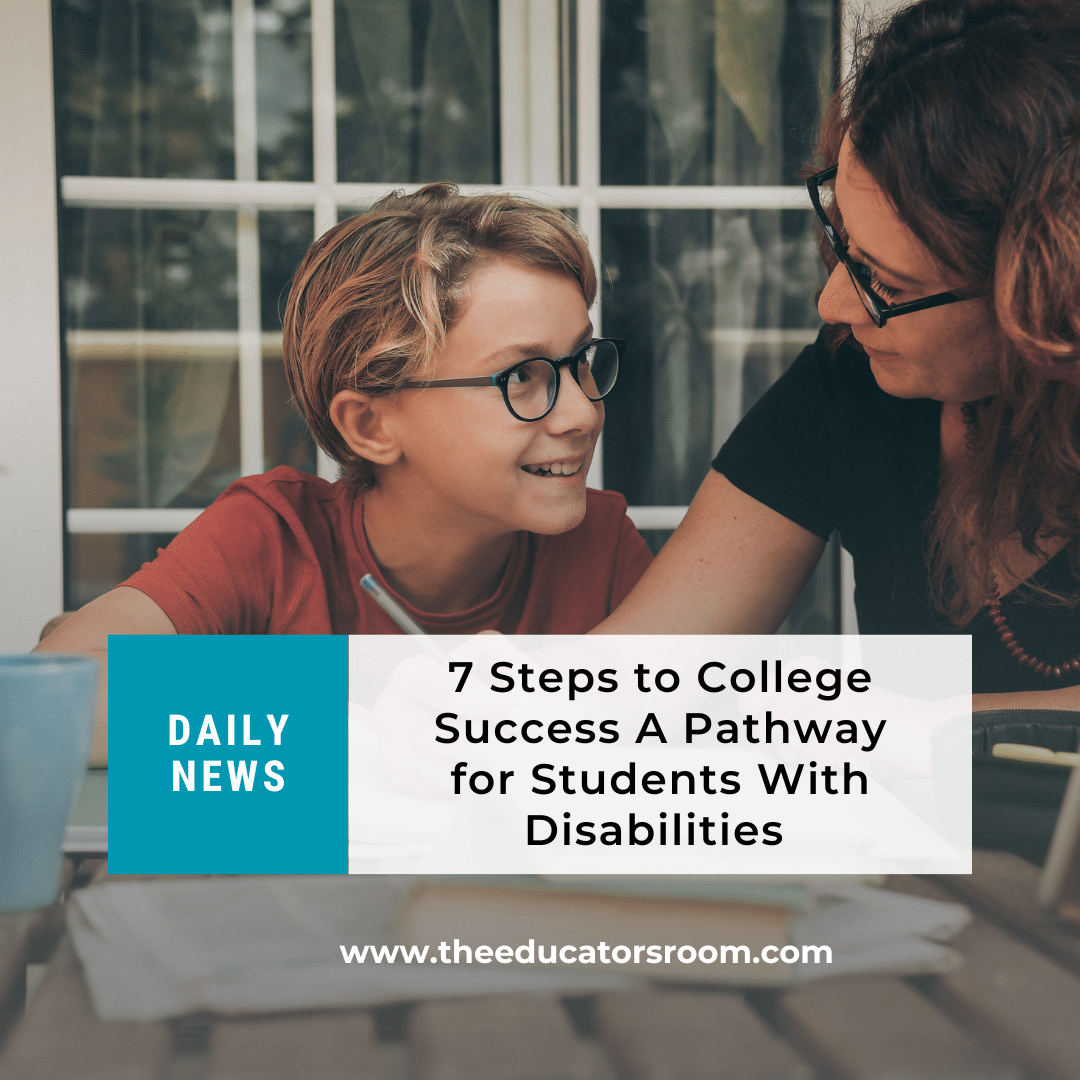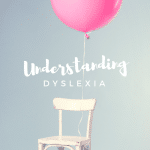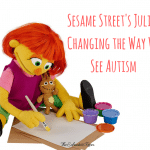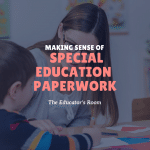As a special education teacher, I recently had the pleasure of reviewing Elizabeth C. Hamblet’s book, “7 Steps to College Success: A Pathway for Students with Disabilities” (2023). The book focuses on the transition from K-12 services to higher education services, providing a clear and concise guide to help students with disabilities navigate the process.
Background
Hamblet, who has over 20 years of experience in the disability services field, interviews various directors of disability services who are passionate about serving students in higher education. The book is divided into seven steps, which the author and directors believe are essential for students and educational partners to be aware of when it comes to services and supports at higher education institutions.
The 7 Steps
The first step discussed is how the law applies to college students with disabilities, which is essential because there is often a misconception or gap of understanding regarding the differences between laws governing K-12 and higher education institutions. Hamblet and the directors interviewed emphasize that the law governing supports and services in K-12 does not apply to institutions, and students with disabilities have the right to academic accommodations under Section 504 Subpart E.
This seems to be a huge misconception for special education teachers in a K-12 setting. Often special education teachers are under the guise that 504 plans follow students into higher ed institutions. However, Hamblet, corrects this misconception within her text, delineating the differences between Section 504 Subpart _ and Subpart E. The second step outlines what students’ rights and responsibilities are when they enter traditional college spaces, emphasizing the importance of students taking ownership of their accommodations and being in control of their education.
The content of the book emphasizes the importance of developing non-academic skills to support students’ self-management, which is detailed in step three. This is essential as students are expected to demonstrate more independence without the structure and support provided during their K-12 educational experience. Step four focuses on the development of academic skills, highlighting the academic differences between K-12 and higher ed and how high schools can support this transition through structuring instruction that mimics the higher ed setting.
While step five discusses the exciting process of choosing a college and encourages students to make informed decisions by considering the involvement of disability services. Step six provides advice on the admission process, highlighting what students with disabilities need to provide and what they should and shouldn’t disclose. Finally, step seven discusses the accommodation process, emphasizing that the college approaches disability services differently than the K-12 setting and that students may or may not receive the same accommodations as they had previously.
Overall Impression
Overall, the book provides fruitful information for both students with disabilities and those who support them. However, at times, the author repeats information unnecessarily. As a special education teacher, I found the book to be helpful in understanding how to better support students with disabilities in preparing for the transition to the college space and even into the real world, specifically as it relates to being able to self-advocate. I recommend this book to educators and educational partners, including families who work with students with disabilities and are curious about what’s to come and how they can support them.
